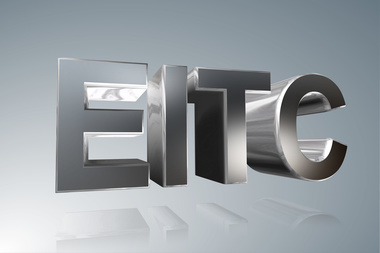
IRS Provides Updated Guidance on the EITC
 According to the IRS, the EITC is one of the government’s largest refundable tax credits for low-to-moderate-income families. The recent expansion of this credit means that more people may qualify to have some much-needed money put back in their pocket.
According to the IRS, the EITC is one of the government’s largest refundable tax credits for low-to-moderate-income families. The recent expansion of this credit means that more people may qualify to have some much-needed money put back in their pocket.
The IRS urges people to check to see whether they qualify for this important credit. While people with income under a certain amount aren’t required to file a tax return because they won’t owe any tax, those who qualify for the EITC may get a refund if they file a 2021 tax return.
Recent notable changes to the EITC for tax year 2021 only
Expanded EITC for people who do not have qualifying children. More workers without qualifying children can qualify for the EITC, and the maximum credit amount is nearly tripled for these taxpayers this year. For the first time, the credit is now available to both younger workers and senior citizens. There is no upper age limit for claiming the credit if taxpayers have earned income.
The EITC is generally available to workers without qualifying children who are at least 19 years old with earned income below $21,430 for those filing single and $27,380 for spouses filing a joint return. The maximum credit for taxpayers with no qualifying children is $1,502. There are also special exceptions for people who are 18 years old and were formerly in foster care or are experiencing homelessness. Full-time students under age 24 don’t qualify.
Some taxpayers can use 2019 earned income to figure their EITC. Taxpayers can elect to use their 2019 earned income to figure their 2021 earned income credit if their 2019 earned income is more than their 2021 earned income. This option may help workers get a larger credit if they earned less in 2021 from employment.
Phaseouts and credit limits. For 2021, the amount of the credit has been increased and the phaseout income limits have been expanded. Any third-round Economic Impact Payments or child tax credit payments received are not taxable or counted as income for the purposes of claiming the EITC. People who are missing a stimulus payment or got less than the full amount may be eligible to claim the recovery rebate credit on their 2021 tax return.
New changes expand the EITC for 2021 and future years.
- More workers and working families who also have investment income can get the credit. Starting in tax year 2021, the amount of investment income they can receive and still be eligible for the EITC increases to $10,000. After 2021, the $10,000 limit is indexed for inflation.
- Married but separated spouses can choose to be treated as not being married for the purposes of claiming the EITC. To qualify, the spouse claiming the credit cannot file jointly with the other spouse. He or she must have a qualifying child living with him or her for more than half the year and either:
- Not have the same principal residence as the other spouse for at least the last six months of the year.
- Be legally separated according to their state law, under a written separation agreement or a decree of separate maintenance, and not live in the same household as their spouse at the end of the tax year for which the EITC is being claimed.
- Single people and couples with children who have Social Security numbers can claim the credit, even if their children do not have SSNs. In this instance, they will get the smaller credit available to workers who do not have qualifying children. Taxpayers should complete Schedule EIC and attach it to Form 1040 or 1040-SR if they have at least one qualifying child, even if the child doesn’t have a valid SSN.
This is just an overview. Work with a qualified tax professional to see whether the EITC applies in your situation.



